These days, plastic components are vital to many fields of industry - lightweight construction, automobile manufacturing and electrical engineering, to name but a few. Now researchers have found ingenious ways to combine plastics with nanoparticles and endow them with new properties.
Oct 1st, 2010
Read more
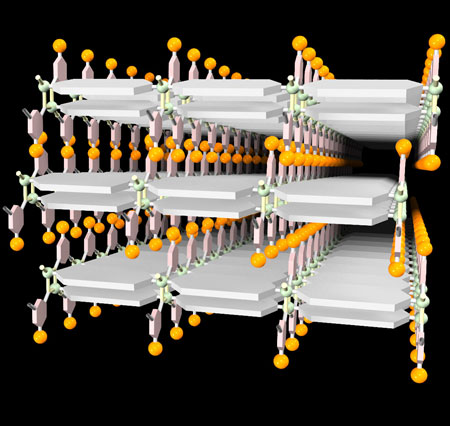 A porous polymer network that researchers can make reactive at will can store gases and hasten chemical reactions.
A porous polymer network that researchers can make reactive at will can store gases and hasten chemical reactions.
Oct 1st, 2010
Read more
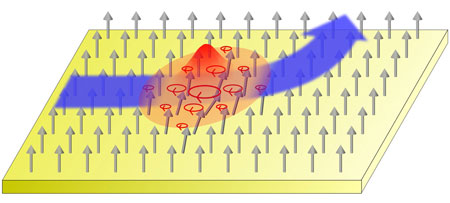 A fundamental effect associated with electrons also occurs in non-charged particles - a potential boon for spintronics.
A fundamental effect associated with electrons also occurs in non-charged particles - a potential boon for spintronics.
Oct 1st, 2010
Read more
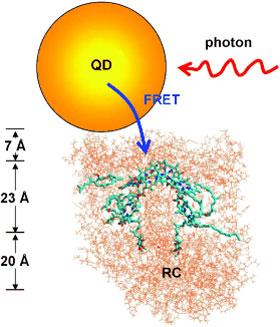 Our attempts to use solar energy continue to be very ineffective; the true masters of this craft are photosynthetic plants, algae, and bacteria. Science is trying to emulate these organisms.
Our attempts to use solar energy continue to be very ineffective; the true masters of this craft are photosynthetic plants, algae, and bacteria. Science is trying to emulate these organisms.
Oct 0th, 2010
Read more
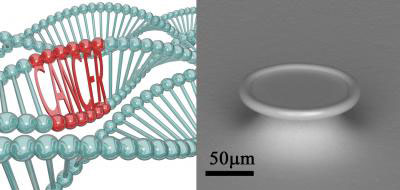 USC professor creating real-time nanolaser DNA imaging to locate carcinogens and their induced changes in living cells.
USC professor creating real-time nanolaser DNA imaging to locate carcinogens and their induced changes in living cells.
Sep 30th, 2010
Read more
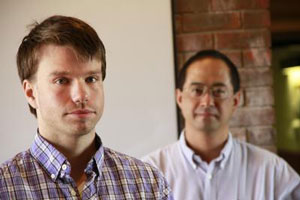 Vermont scientists invent new way to view atomic motion of proteins.
Vermont scientists invent new way to view atomic motion of proteins.
Sep 30th, 2010
Read more
Synthetic PCR mimic could lead to highly sensitive medical, environmental diagnostics
Sep 30th, 2010
Read more
Rice researchers find metallacarboranes may meet DOE storage goals.
Sep 30th, 2010
Read more
Scientists at the U.S. Department of Energy's (DOE) Brookhaven National Laboratory report the first successful assembly of 3-D multi-component nanoscale structures with tunable optical properties that incorporate light-absorbing and -emitting particles.
Sep 30th, 2010
Read more
CWRU researcher aims to stem bleeding from traumatic injury.
Sep 30th, 2010
Read more
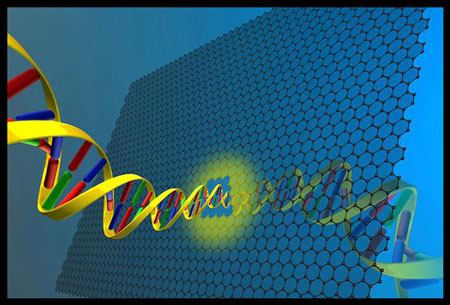 Researchers from Harvard University and MIT have demonstrated that graphene, a surprisingly robust planar sheet of carbon just one-atom thick, can act as an artificial membrane separating two liquid reservoirs.
Researchers from Harvard University and MIT have demonstrated that graphene, a surprisingly robust planar sheet of carbon just one-atom thick, can act as an artificial membrane separating two liquid reservoirs.
Sep 30th, 2010
Read more
National Cheng Kung University and Argonne National Laboratory hope to expand their cooperation.
Sep 30th, 2010
Read more
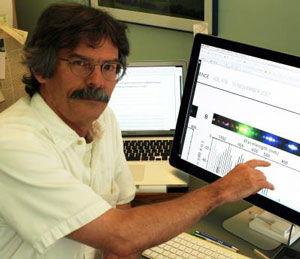 Research at the University of Oregon could boost quantum computing and deliver advanced Web security.
Research at the University of Oregon could boost quantum computing and deliver advanced Web security.
Sep 30th, 2010
Read more
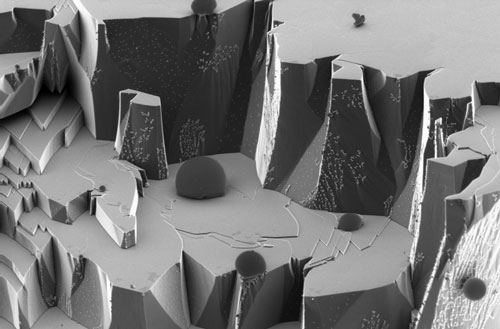 After a two-week final stretch the winners of the first Carl Zeiss Nano Image Contest have now been chosen.
After a two-week final stretch the winners of the first Carl Zeiss Nano Image Contest have now been chosen.
Sep 30th, 2010
Read more
Mount Sinai School of Medicine received a contract for almost $16.5 million from The National Institutes of Health (NIH) and the National Heart and Lung Institute (NHLBI) through the Program of Excellence in Nanotechnology (PEN). The contract is one of four issued nationally to develop multidisciplinary research Centers with the goal of developing nanotechnology tools for diagnosing and treating heart, lung and blood diseases.
Sep 29th, 2010
Read more
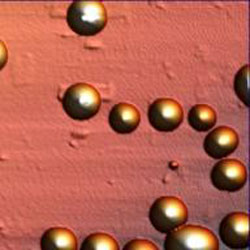 A revolutionary new spherical nanostructure, fully derived from very simple organic elements, yet strong as steel, has been developed and characterized at the laboratories of Ehud Gazit of Tel Aviv University and Itay Rousso of the Weizmann Institute of Science.
A revolutionary new spherical nanostructure, fully derived from very simple organic elements, yet strong as steel, has been developed and characterized at the laboratories of Ehud Gazit of Tel Aviv University and Itay Rousso of the Weizmann Institute of Science.
Sep 29th, 2010
Read more










 Subscribe to our Nanotechnology News feed
Subscribe to our Nanotechnology News feed